| Wednesday, November 15, 2023 | |
Session 1: Mega Trends and Opportunities for Advanced Packaging and Front-End Integration |
|
| 09:00 | Welcome Remarks |
Laith Altimime, President, SEMI Europe Welcome Remarks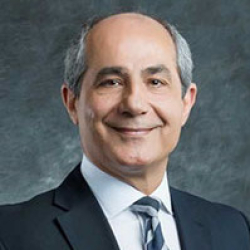
 Abstract Biography |
|
| 09:10 | Lights Outside Tunnel |
Douglas Yu, Vice President of TSMC R&D and TSMC Distinguished Fellow, TSMC Lights Outside Tunnel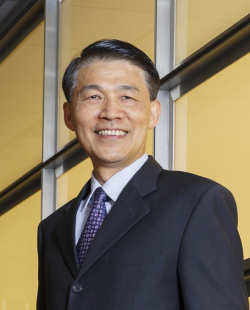
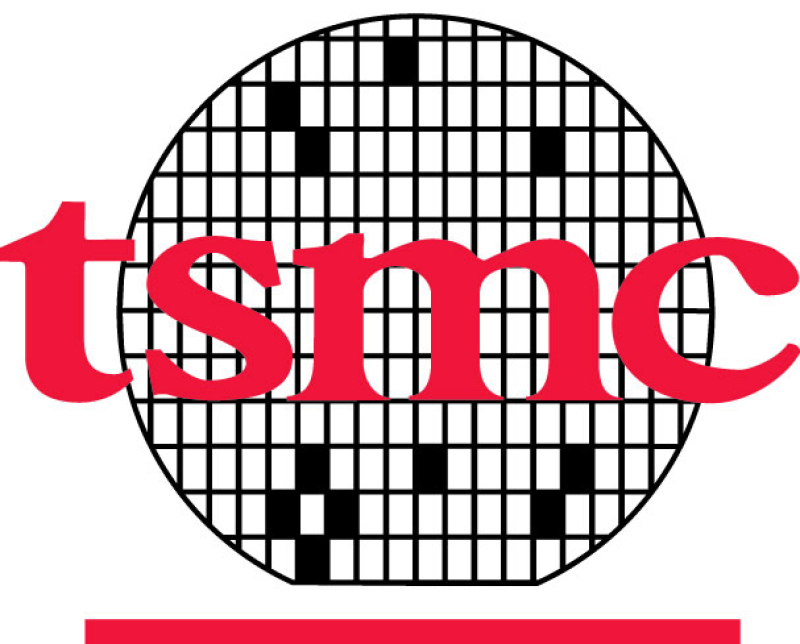 Abstract Biography |
|
| 09:30 | Bridging Front End, Packaging and Substrates to Advance the Semiconductor Roadmap |
Oreste Donzella, Executive VP, KLA Bridging Front End, Packaging and Substrates to Advance the Semiconductor Roadmap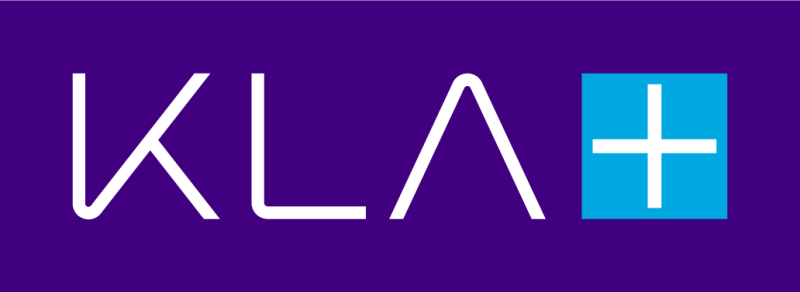 Abstract Biography |
|
| 09:50 | Opening Remarks by Session Chair |
Roland Rettenmeier, Senior Product Marketing Manager, Evatec
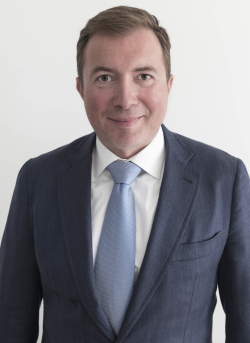
Biography |
|
| 09:55 | Latest Solutions in the Energy Efficiency of Electronic Systems |
Hannes Voraberger, Corporate Vice President R&D, AT&S Austria Technologie & Systemtechnik Aktiengesellschaft Latest Solutions in the Energy Efficiency of Electronic Systems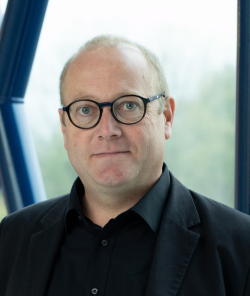
 Abstract Biography |
|
| 10:15 | Coffee break |
| 10:55 | Advanced Packaging Materials and Open Innovation at Resonac |
Hidenori Abe, Senior Director, Head of R&D center Electronics business, Resonac Advanced Packaging Materials and Open Innovation at Resonac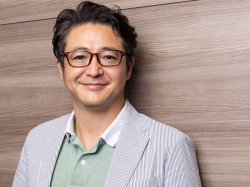
 Abstract Biography |
|
| 11:15 | A European 3D Heterogeneous Integration Pilot Line – a Leap ahead to Achieve Technology Leadership |
Michael Töpper, Senior Expert Heterointegration Research Fab Microelectronics Germany (FMD), Fraunhofer FMD A European 3D Heterogeneous Integration Pilot Line – a Leap ahead to Achieve Technology LeadershipAbstract Biography |
|
| 11:35 | Total Process Integration of Plasma Dicing for Advanced Packaging |
James Weber, Senior Business Development Manager, Panasonic Connect Europe Total Process Integration of Plasma Dicing for Advanced Packaging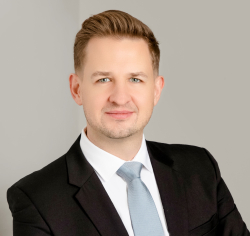
 Abstract Biography |
|
| 11:55 | Key Takeways from Session Chair |
Roland Rettenmeier, Senior Product Marketing Manager, Evatec

Biography |
|
Session 2: Smarter Supply Chain Solutions for a Sustainable Ecosystem |
|
| 12:00 | Opening Remarks by Session Chair |
Ruby Yan, Director Human-Machine-Interface HMI, Globalfoundries

Biography |
|
| 12:05 | Environmental Footprint Chip Manufacturing |
Lars-Ake Ragnarsson, Program Director Sustainable Technologies and Systems (SSTS), imec Environmental Footprint Chip Manufacturing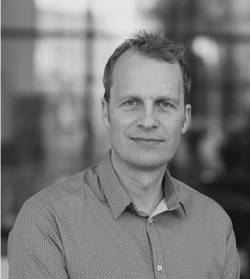
 Abstract Biography |
|
| 12:25 | 3D X-Ray Inspection – Game changer for Advanced Packaging |
Isabella Drolz, Vice President Product Marketing, Comet Yxlon GmbH 3D X-Ray Inspection – Game changer for Advanced Packaging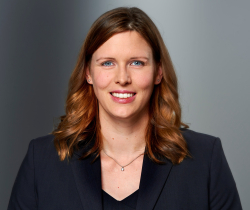
 Abstract Biography |
|
| 12:45 | Digitalization of Chemical Process Design for Semiconductor Materials Manufacturing |
Thorsten vom Stein, Director, Head of Process Design Semiconductor Materials, Merck Digitalization of Chemical Process Design for Semiconductor Materials Manufacturing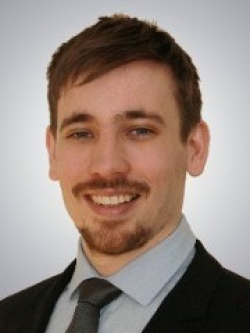
 Abstract Biography |
|
| 13:05 | Key Takeways from Session Chair |
Ruby Yan, Director Human-Machine-Interface HMI, Globalfoundries

Biography |
|
| 13:10 | Networking Lunch |
Session 3: Testing, Reliability and Materials |
|
| 14:10 | Opening Remarks by Session Chair |
|
Peter Cockburn, Senior Product Marketing Manager, Cohu, Inc.
Biography |
|
| 14:15 | It is all about Cost of Test? New Duties for Packaging and Test |
Ralf Montino, VP PLI, Elmos Semiconductor AG It is all about Cost of Test? New Duties for Packaging and Test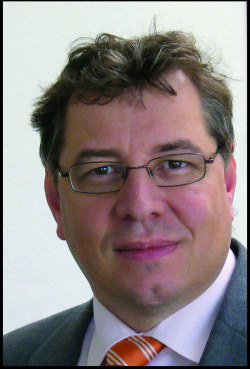
 Abstract Biography |
|
| 14:35 | New Approaches to Achieve Superior Reliability in Power Electronic Packaging |
Andreas Grassmann, Vice President for Package Innovation, Infineon Technologies AG New Approaches to Achieve Superior Reliability in Power Electronic Packaging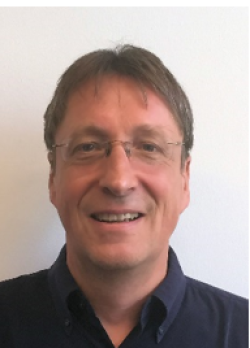
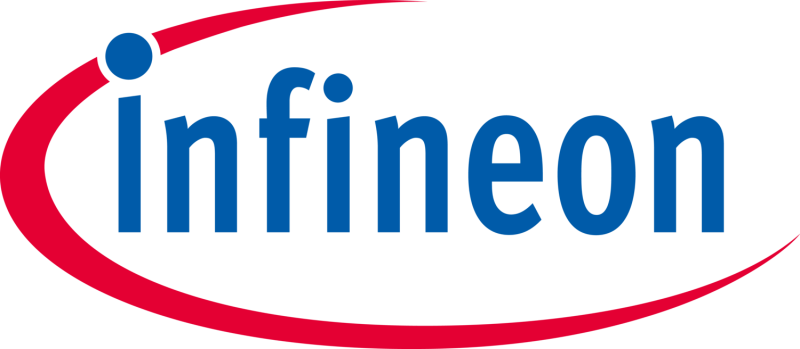 Abstract Biography |
|
| 14:55 | Bare Copper Lead Frame Compatible Die Attach Developments for Automotive Applications |
Tony Winster, Technical Advisor, Henkel Ltd Bare Copper Lead Frame Compatible Die Attach Developments for Automotive Applications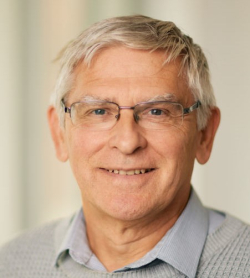
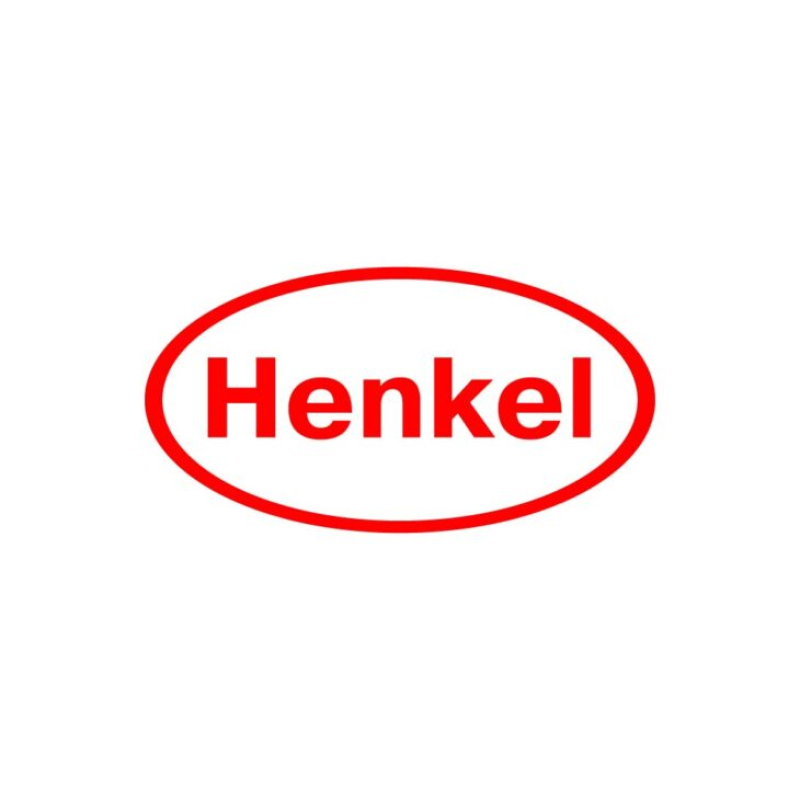 Abstract Biography |
|
| 15:15 | High-speed Die, Component 3D Reconstruction Solution by Multimodal Phase Shift Optics Approach |
Axel Lindloff, Senior Process Specialist Pre-Sales, Koh Young Europe GmbH High-speed Die, Component 3D Reconstruction Solution by Multimodal Phase Shift Optics Approach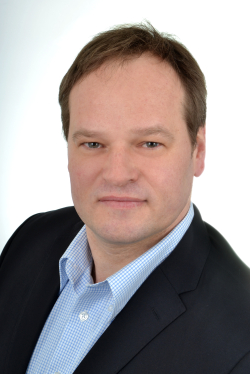
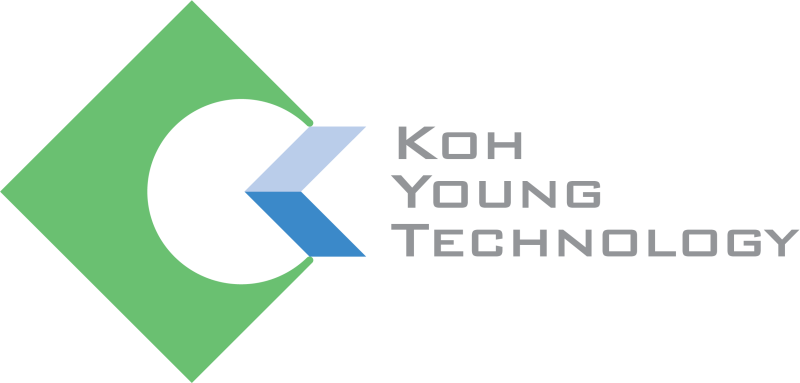 Abstract Biography |
|
| 15:35 | How to Achieve Upcoming Bump Requirements by Optimized ECD Plating Processes |
Stefan Pieper, Global Application Manager for Semiconductor Processes, MKS/Atotech How to Achieve Upcoming Bump Requirements by Optimized ECD Plating Processes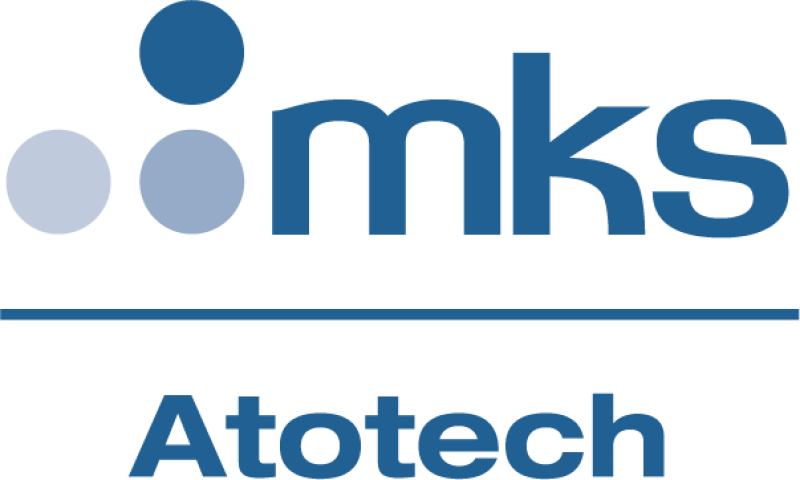 Abstract Biography |
|
| 15:55 | Key Takeways from Session Chair |
|
Peter Cockburn, Senior Product Marketing Manager, Cohu, Inc.
Biography |
|
| 16:00 | Coffee break |
Session 4: SiP requirements and Advanced Packaging Solutions for Future Applications |
|
| 16:40 | Opening Remarks by Session Chair |
Tanja Braun, Program Director, Fraunhofer IZM
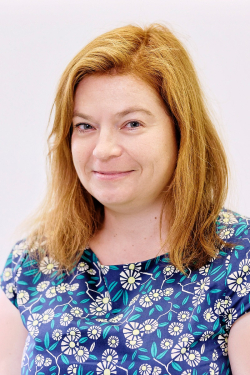
Biography |
|
| 16:45 | Topic Coming Soon |
Lihong Cao, Sr. Director, Engineering & Technical Marketing, ASE, Inc. Topic Coming Soon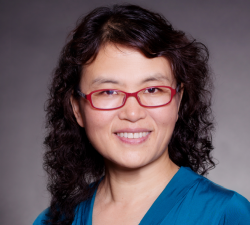
 Abstract Biography |
|
| 17:05 | Optimization of Advanced Packaging Process: Concept of Maskless Dual–Layer Lithographic Patterning |
Ksenija Varga, Business Development Manager, EV Group Optimization of Advanced Packaging Process: Concept of Maskless Dual–Layer Lithographic Patterning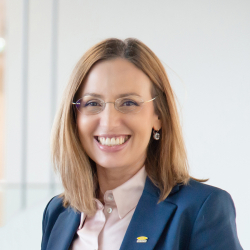
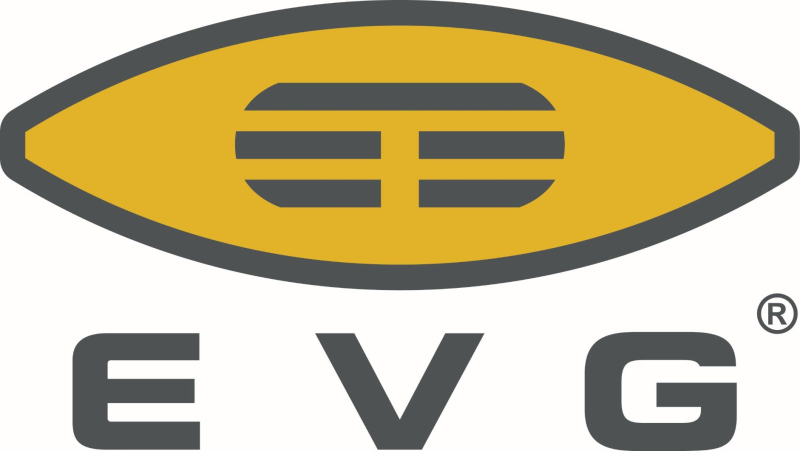 Abstract Biography |
|
| 17:25 | High Efficiency Cleaning for Permanent Bonding-Based 3D Applications |
Donald Dussault, General Manager, ProSys, Inc. High Efficiency Cleaning for Permanent Bonding-Based 3D Applications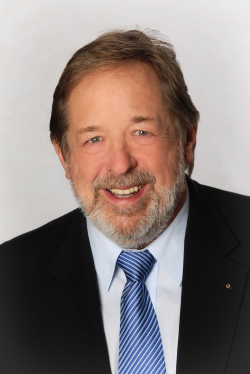
 Abstract Biography |
|
| 17:45 | Key Takeways from Session Chair |
Tanja Braun, Program Director, Fraunhofer IZM

Biography |
|
Session 5: Power Electronics Pack |
|
| 17:50 | Opening Remarks by Session Chair |
Roberto Antonicelli, Automotive BU for US and Europe, JCET Group - STATS ChipPAC
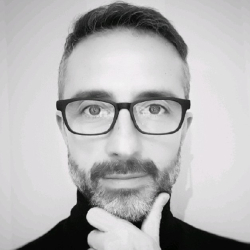
Biography |
|
| 17:55 | Pushing the Limits of SiC Technology: Advanced Packaging Solutions and System Integration |
Alessandro Tumminia, ADG Back End R&D Manager, STmicroelectronics Pushing the Limits of SiC Technology: Advanced Packaging Solutions and System Integration
Abstract Biography |
|
| 18:15 | An Overview of Silicon Carbide Packaging for Power Electronics |
Ashley Lobo, Master Thesis Student, Automotive An Overview of Silicon Carbide Packaging for Power Electronics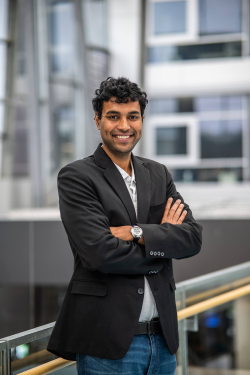
 Abstract Biography |
|
| 18:35 | Key Takeways from Session Chair |
Roberto Antonicelli, Automotive BU for US and Europe, JCET Group - STATS ChipPAC

Biography |
|
| 18:40 | End of Conference |
| 18:45 | Networking Reception for Conference Participants |